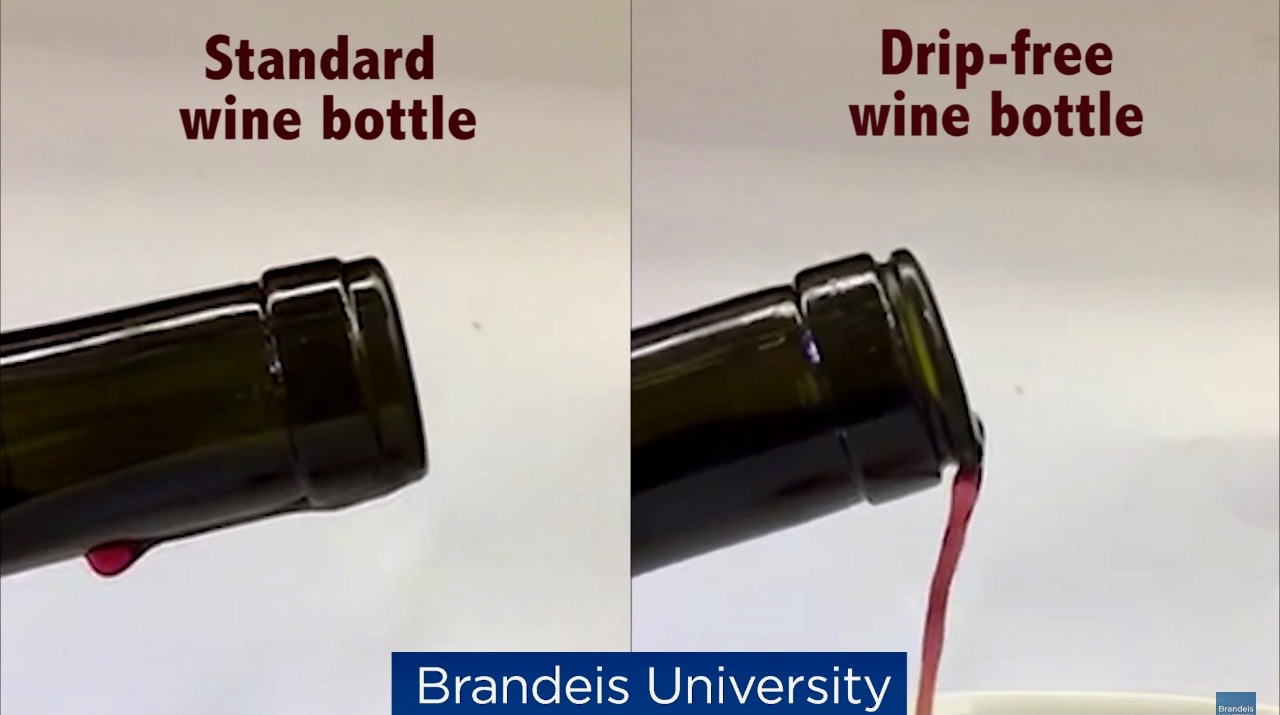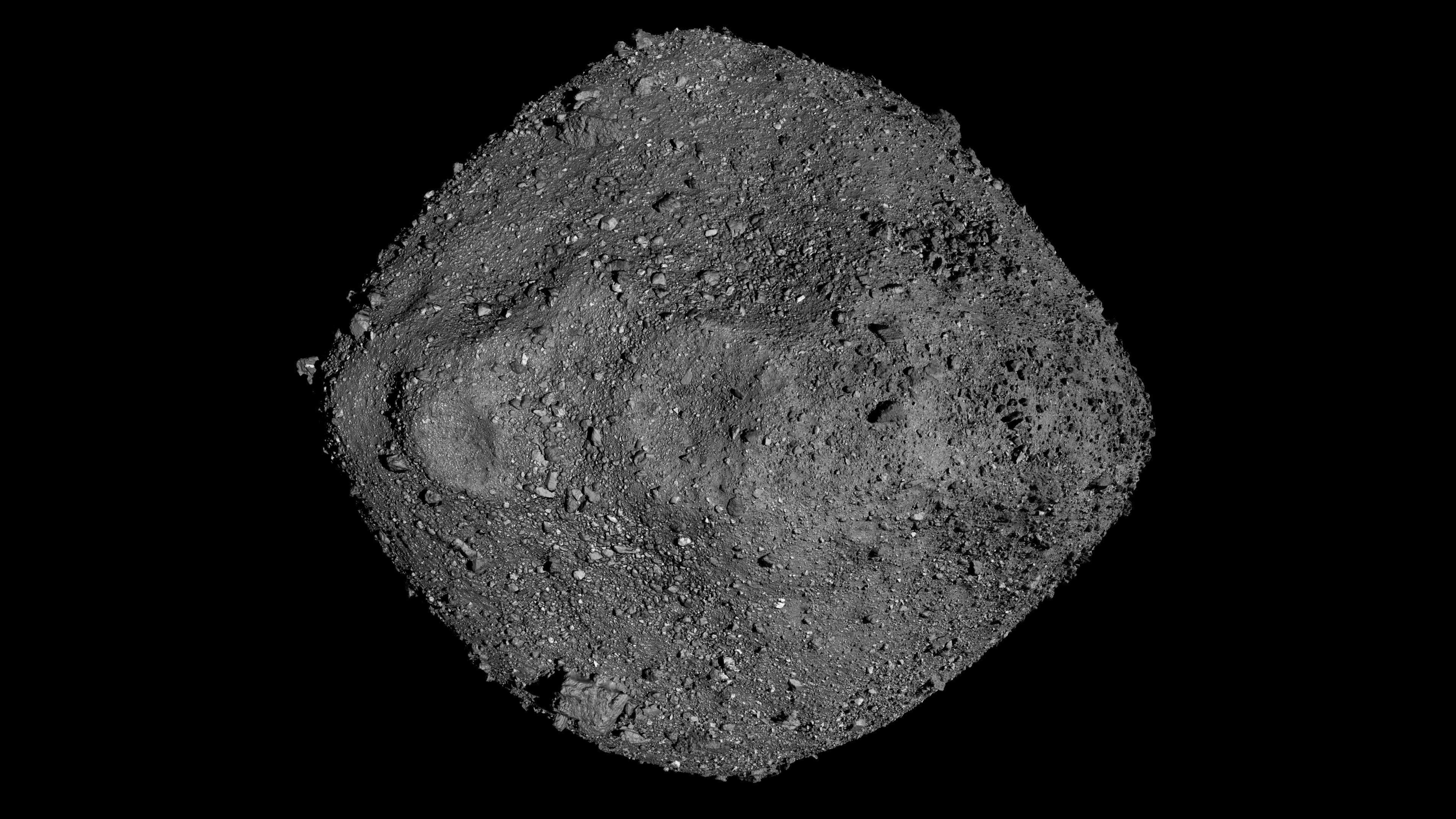Wine-Loving Physicist Solves Bottle Drip Problem

No more whining over spilt wine: A scientist has created a wine bottle lip that doesn't drip.
Daniel Perlman — wine lover, inventor and Brandeis University biophysicist — spent three years studying how wine flows across the lip of a wine bottle, causing it to drip. He found that dripping was most substantial when a bottle was fuller, and that the stream of wine would curl backward over the lip of the bottle. In addition, the glass wine bottle is hydrophilic, or "water loving," meaning the droplet is attracted to the glass bottle.
Solutions to the wine-dripping problem had already made its way into the market, with wine devices designed to be inserted into the bottle's neck to prevent spillage. However, Perlman didn't want a tertiary solution that forced wine drinkers to purchase an additional product. [Photos: Amazing Microscopic Views of Italian Cocktails]
"I wanted to change the wine bottle itself," Perlman said in a statement. "I didn't want there to be the additional cost or inconvenience of buying an accessory."
After years of research, Perlman found a solution that paid off: Cut a groove just below the lip of the bottle.
Adding a groove around the neck of the bottle, just beneath the lip, creates a barrier. To drip, the wine would have to travel up to go inside the grove — that is, against the force of gravity — or have the momentum needed to jump the groove. Thanks to the laws of physics, the wine droplet cannot cross barrier that the groove creates; instead, the droplet falls from the lip and into the wine glass, along with what is being poured.
For the groove to act as the perfect barrier, Perlman found that it needed to be cut about 2 millimeters wide and roughly 1 mm deep.
Get the world’s most fascinating discoveries delivered straight to your inbox.
As Brandeis pointed out, the current design of wine bottles dates back to the early 1800s. After 200 years of drips, the time may be ripe to make a change. According to the university, Perlman is discussing his design with a number of bottle manufacturers.
Original article on Live Science.


